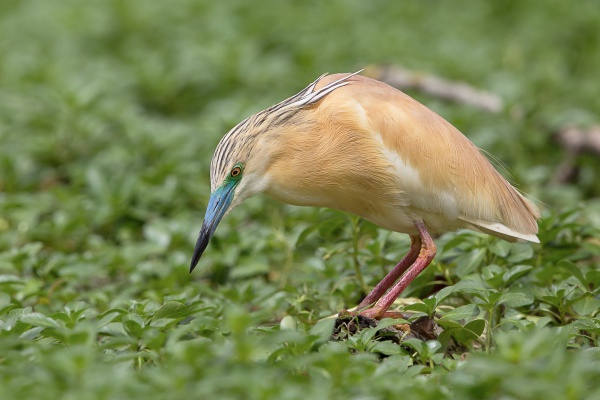Facts About Squacco heron
The Squacco Heron is an enchanting small bird native to the Old World, particularly found in southern Europe and the Greater Middle East. Measuring approximately 44–47 cm in length with a wingspan ranging from 80–92 cm, these birds migrate to Africa for the winter and are seldom observed north of their breeding territories.
Visually, the Squacco Heron is quite distinctive. It has a stocky build, a short neck, a robust bill, and a buff-brown back. During summer, adults develop elongated neck feathers, and when in flight, their wings display a striking white color.
Squacco Herons prefer breeding in marshy wetlands within warm climates. They typically nest in small colonies alongside other wading birds, constructing platforms from sticks in trees or shrubs. A typical nest contains three to four eggs, and their diet mainly comprises fish, frogs, and insects.
The name "Squacco Heron" has an intriguing history. It is derived from the Italian word "sguacco" a term documented by Francis Willughby in the 17th century. The current spelling was introduced by John Hill in 1752. The bird’s scientific name, Ardeola ralloides, combines Latin and Greek origins: "ardeola" meaning a small heron, "rallus" referring to a rail, and the suffix "-oides" meaning "resembling."

 Ireland
Ireland